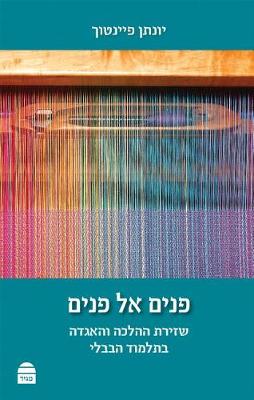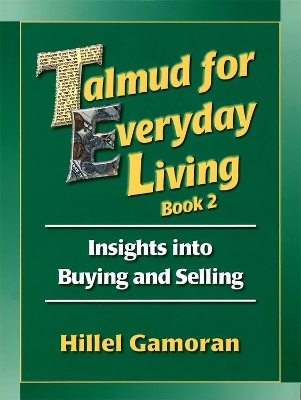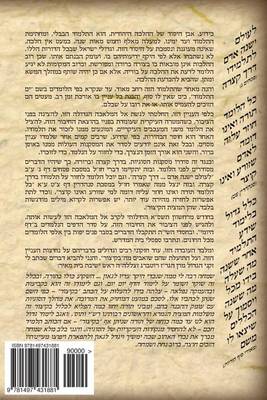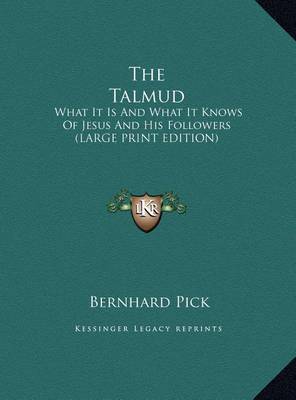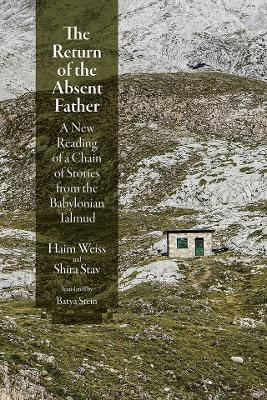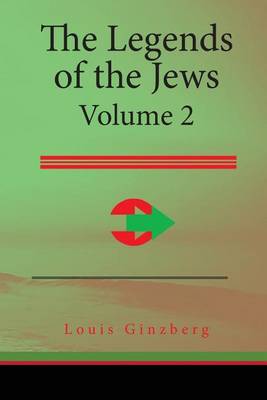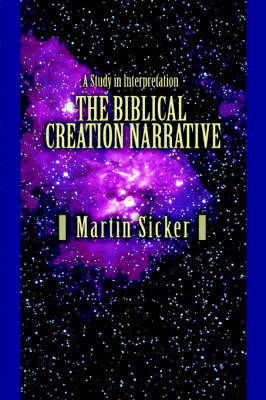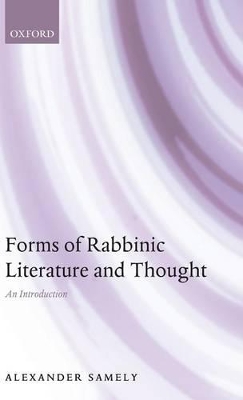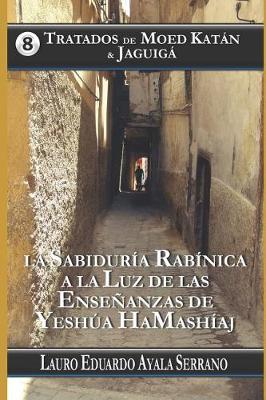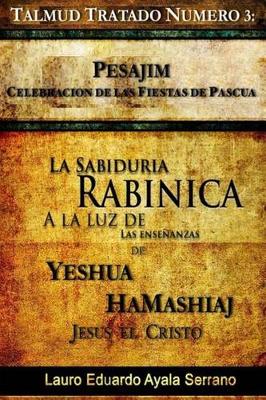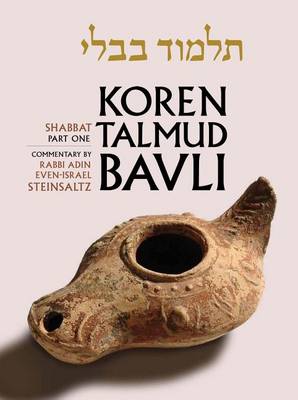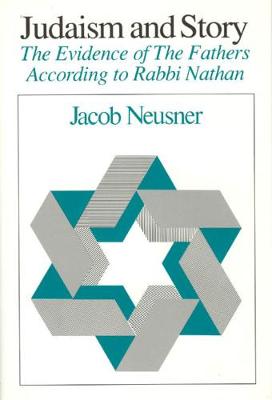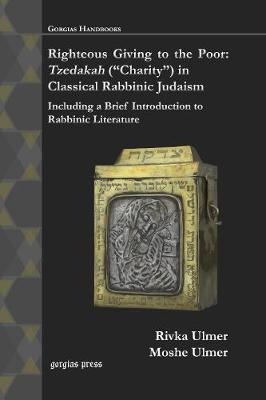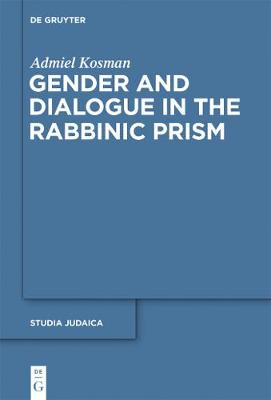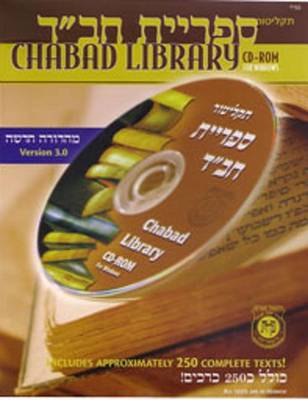The Bible has always been vital to Jewish religious life, and it has been expounded in diverse ways. Perhaps the most influential body of Jewish biblical interpretation is the Midrash that was produced by expositors during the first five centuries CE. Many such teachings are collected in the Babylonian Talmud, the monumental compendium of Jewish law and lore that was accepted as the definitive statement of Jewish oral tradition for subsequent generations. However, many of the Talmud's interpreta...
Talmud for Everyday Living 2 (Talmud for Everyday Living, #1)
by Hillel Gamoran
The Return of the Absent Father offers a new reading of a chain of seven stories from tractate Ketubot in the Babylonian Talmud, in which sages abandon their homes, wives, and families and go away to the study house for long periods. Earlier interpretations have emphasized the tension between conjugal and scholarly desire as the key driving force in these stories. Haim Weiss and Shira Stav here reveal an additional layer of meaning to the father figure's role within the family structure. By shif...
Alexander Samely surveys the corpus of rabbinic literature, which was written in Hebrew and Aramaic about 1500 years ago and which contains the foundations of Judaism, in particular the Talmud. The rabbinic works are introduced in groups, illustrated by shorter and longer passages, and described according to their literary structures and genres. Tables and summaries provide short information on key topics: the individual works and their nature, the recurrent literary forms which are used widely...
Tratados de Moed Katan & Jaguiga (Talmud, #8)
by Lauro Eduardo Ayala Serrano
The Mishnah is a book of legal rules produced by Jewish sages in second-century Palestine and is to a great extent still binding upon Orthodox Jews. In this pioneering work, Judith Wegner scrutinizes the Mishnaic laws governing women, in an attempt to determine the image and status of women in the patriarchy the Mishnah portrays. She focuses on a specific question: did the Mishnah's creators regard women as persons, entities possessing legal rights, powers, and duties, or mere chattels, the prop...
Koren Talmud Bavli V15e: Ketubot, Daf 65b-90a, Noeי Color Pb, H/E
by Adin Steinsaltz
Judaism and Story (Chicago Studies in the History of Judaism-Analyses) (Chicago Studies in History of Judaism CSHJ (CHUP))
by Jacob Neusner
In this close analysis of The Fathers According to Rabbi Nathan, a sixth-century commentary on the Mishnah-tractate The Fathers (Avot), Jacob Neusner considers the way in which the story, as a distinctive type of narrative, entered the canonical writings of Judaism. The final installment in Neusner's cycle of analyses of the major texts of the Judaic canon, Judaism and Story shows that stories about sages exist in far greater proportion in The Fathers According to Rabbi Nathan than in any of the...
Righteous Giving to the Poor: "Tzedakah" ("Charity") in Classical Rabbinic Judaism (Gorgias Handbooks)
by Moshe Ulmer
Moral insights and comments about Tzedakah ("Charity") are found throughout the vast body of rabbinic literature. This book attempts to present a survey of the rabbinic sources concerning Tzedakah and to provide the reader with an analysis of the system of Tzedakah as created and understood by the Rabbis.
Koren Talmud Bavli V11a: Megilla, Daf 2a-17a, Noeי Color Pb, H/E
by Adin Steinsaltz
Written by the Orthodox historian Rabbi Berel Wein, The Oral Law of Sinai is an extraordinary and beautifully illustrated book that explores the Talmud-a law book that is a faithful transmission of the Oral Law of Sinai. As Rabbi Wein explains, the Talmud is two separate books comprising the Oral Law. This work offers an explanation of the first book of the Talmud, the Mishnah
The author applies the fields of gender studies, psychoanalysis, and literature to Talmudic texts. In opposition to the perception of Judaism as a legal system, he argues that the Talmud demands inner spiritual effort, to which the trait of humility and the refinement of the ego are central. This leads to the question of the attitude to the Other, in general, and especially to women. The author shows that the Talmud places the woman (who represents humility and good-heartedness in the Talmudic n...
